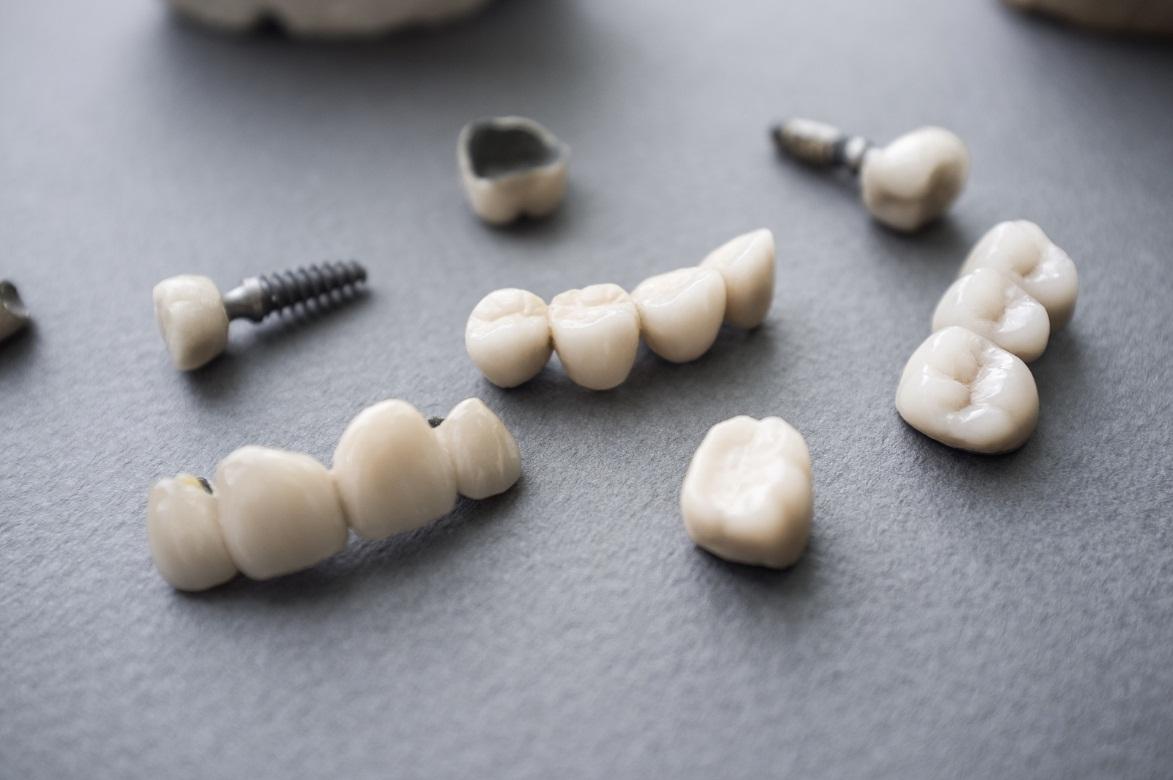There was a time when damaged and cracked teeth were considered to be hopeless dental cases, with no other recourse left but extraction. As dental technology improved, however, more options for treatment were developed, making it easier for folks to avoid a dental disaster.
One such method is by applying crowns and bridges so that the teeth can have extra support, added strength, and protection from further decay or damage.

How Dental Crowns Help Fortify Your Teeth
The way that dental crowns work is pretty straightforward. It is a form of a cap put on the tooth, covering the outer part of the clinical crown. With it in place, the tooth is essentially protected from food bits, sugary drinks, and other cavity-inducing ingredients. It helps improve the appearance of the tooth, too, as you can choose from a variety of options, such as porcelain, for example.
When to Get a Crown
There are many scenarios when you might want to consider getting crowns and bridges from your dentist. One such instance is when a tooth needs filling but doesn’t have enough structure left. It’s most likely to be a candidate for extraction, but thanks to dental crowns, it is possible that it can be saved. With the cap taking on the form of the crown, you can often retain the tooth even when there’s a large cavity in it.
The protective covering of the crown also helps protect the tooth from additional damage such as cracking or fracturing. Crowns are also very helpful in protecting any teeth that have undergone root canal treatment.
Preserving your teeth with dental crowns means eliminating the worry about losing any of your teeth. Retaining your natural teeth whenever possible is one of the best ways to maintain create oral health. Being able to talk and eat properly and having the confidence that a big, healthy, beautiful smile are just a few of the benefits gained with crowns.
Sources
What are Dental Crowns and Tooth Bridges?, Colgate
Dental Crowns (Dental Caps), MedicineNet.com

Leave a Reply